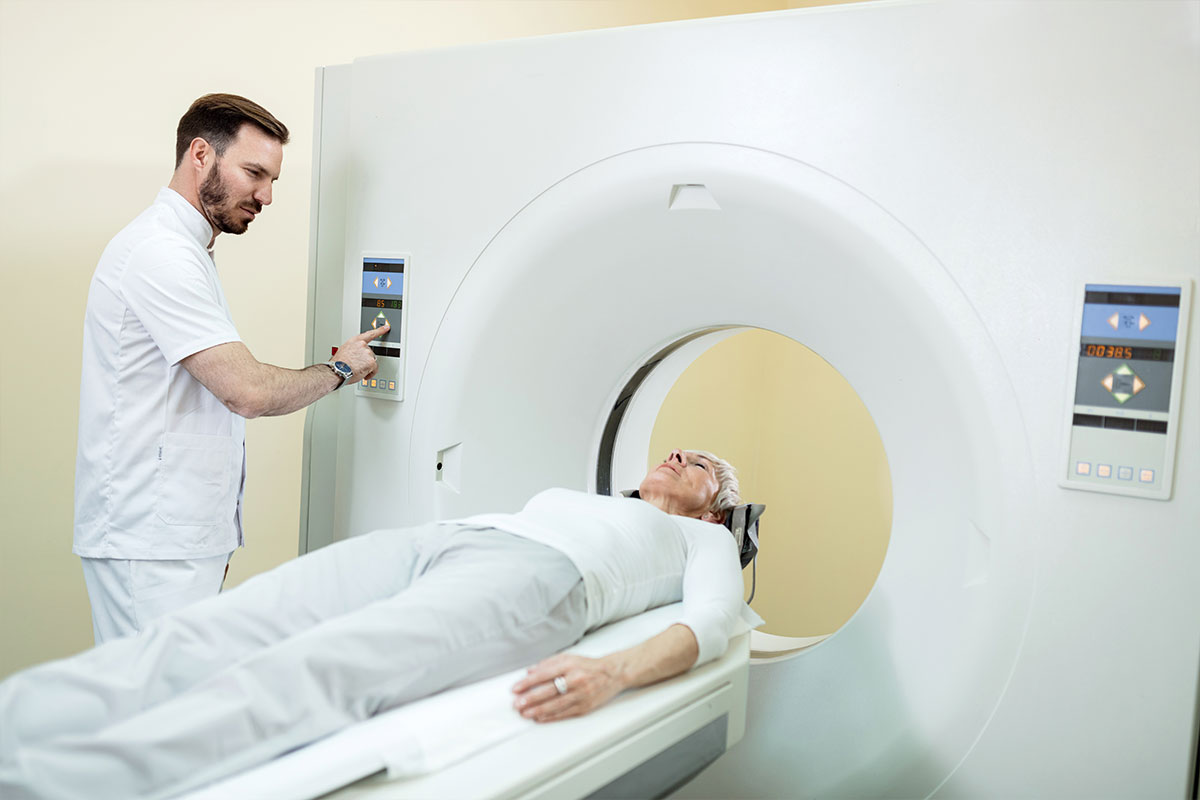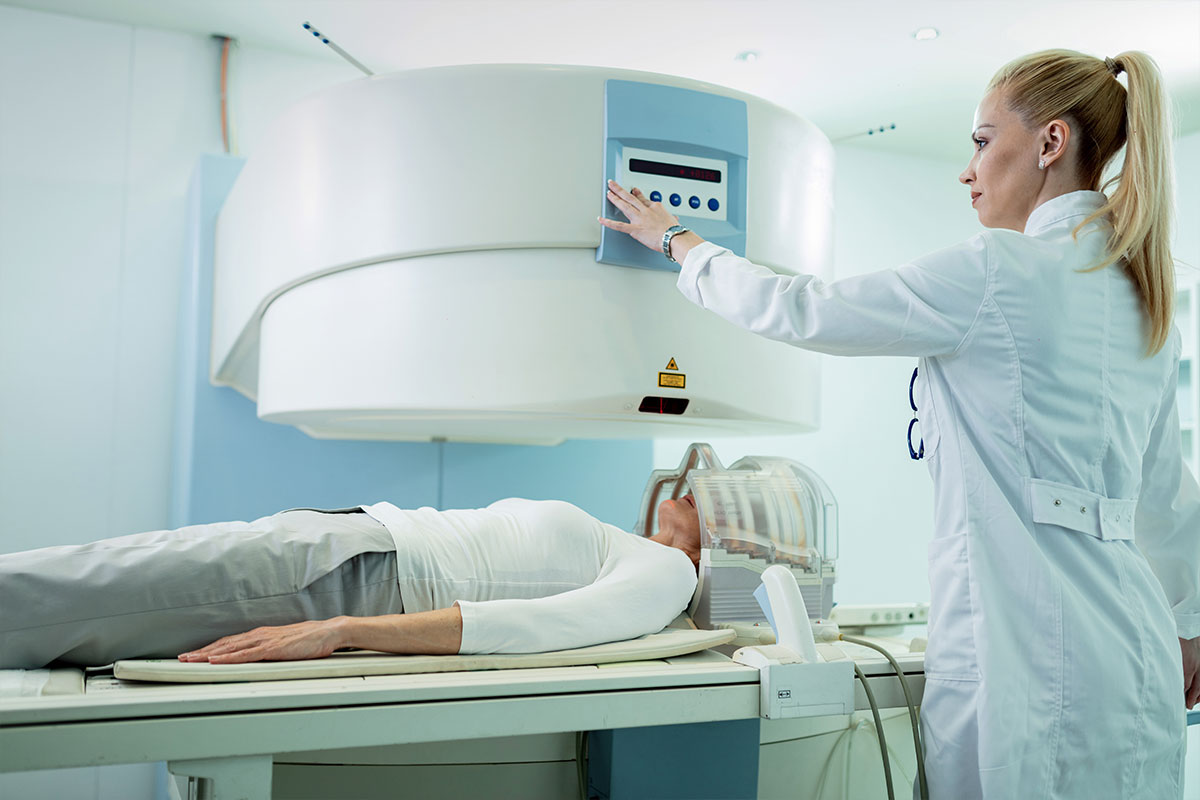
What is a TrueBeam Linear Accelerator (LINAC)? All You Need to Know
By in
Nov 21, 2022
Research to treat various types of cancers has been ongoing for a long time. With advancements in medical technology, doctors have been able to treat cancer in many patients successfully. However, several types of cancers are still tricky to treat. The treatment of cancer depends on its position, stage, type, and health of the patient.
Certain cancers and tumours are positioned in a way that it is difficult to get a clear image and treat them with nearly perfect precision. Such a situation makes it difficult to perform radiation therapy for cancers which results in side effects. However, the recent development called TrueBeam LINAC is a way better solution. Let’s discuss this excellent technology in detail.
Overview of TrueBeam Linear Accelerator (LINAC)
The TrueBeam Linear Accelerator (LINAC) was developed by Varian Medical Systems. It is a medically advanced state-of-the-art system that allows doctors to treat hard-to-reach cancers with precision. TrueBeam Linear Accelerator (LINAC) is a revolutionary model that is helping cancer patients immensely.
TrueBeam Linear Accelerator (LINAC) can be effectively used to treat cancers in various parts, including the brain, breast, head and neck, liver, lung, pancreas, and spine.
Tumours that were thought to be inoperable can now be effectively reached by using the Truebeam. This latest technology uses high-end imaging and precise radiation to take images of the tumour.
Mechanism
TrueBeam Linear Accelerator (LINAC) is a linear accelerator and radiation system that works by producing accurate images of the tumour and providing radiation doses to the targeted spot. The TrueBeam checks the location of the tumour every 10 seconds to increase the accuracy. It can produce high-quality 3D images of cancer. It then realigns its radiation beams based on any change in the position of the tumour. The radiation can therefore be given from any angle to specifically target cancer.
Specifications & Features
- It consists of a beam-producing system that produces photon, electron, and diagnostic X-ray radiation. This is used to produce 3D images. The device also has a control panel offering better operability options.
- The device has six rotational couches, a motion management interface (MMI), and a visual coaching device.
- It contains a variety of imaging tools like CBCT imaging, including 4D CBCT, gated CBCT imaging, short ARC CBCT, extended-length CBCT, and multi-scan CBCT.
- It also features a multileaf collimator (or MLC), which shapes the beam as needed.
- The device can create apertures of different shapes and sizes by using 120 computer-controlled “leaves” or “fingers.”
- TrueBeam integrates the previously FDA-cleared Trilogy radiotherapy system and related accessories in one single device.
- It also has LaserGuard II, which uses 2.5MV and 4MV to 25MV energy for operation.
- It also features kV CCDS, which is a supplemental capacitive collision detection system.
- The device has a touch-guard at the kV radiation source.
- It has a Maestro synchronous control system that enables seamless system operation.
Advantages
TrueBeam is a revolutionary technology that will positively impact cancer treatment worldwide. It offers several advantages for cancer treatment, such as:
- Earlier radiation treatments took about 30 minutes, but with TrueBeam, a single dosage of radiation can be given in under two minutes.
- It can create accurate 3D images of cancers and tumours accurately.
- It can pinpoint the exact location of hard-to-reach cancers.
- The doctors can use the device to see real-time images of cancer as they are treating it with radiation.
- The system has a sophisticated architecture, and it performs accuracy checks every 10 seconds to ensure that the precise dodge is being delivered to the correct location.
- It can combine different steps of treatment like imaging, radiation beam shaping, motion management, patient positioning, and dose delivery into one.
- It enhances comfort as the treatment time is less.
- It also helps in protecting nearby healthy tissue during radiation as the dosage is delivered in accurate spots of the tumour, even if the tumour is subject to continuous motion.
What to expect when getting TrueBeam treatment?
If you have been prescribed TrueBeam for cancer treatment, the oncologist will first take advanced images of cancer and plan the course of treatment. This will include the doctor creating an individualised radiation therapy plan with specific doses, number of sessions and specific radiotherapy modality.
Before the actual treatment, you will be subjected to a preparatory session. Where the treatment area will be marked, the device will be aligned as per the requirement, and several other parameters will be set for the treatment.
On the treatment day, the patient will be positioned in the device, and the TrueBeam linear accelerator will rotate and deliver the radiation beam to the concerned area.
Side Effects of TrueBeam Radiation
Although the side effects of TrueBeam radiation are considerably less intense than other forms of radiation and cancer treatments, they can still occur. Some of these side effects include:
- Diarrhoea
- Nausea
- Red and irritated skin
- Swelling at the treatment site
Conclusion
Cancer treatment is an overwhelming and exhaustive process with varying side effects. However, with new-age technology like TrueBeam, cancer treatment can be more effective and less harmful. More such advanced technologies in the future can hopefully make cancer treatment easier and more successful.







